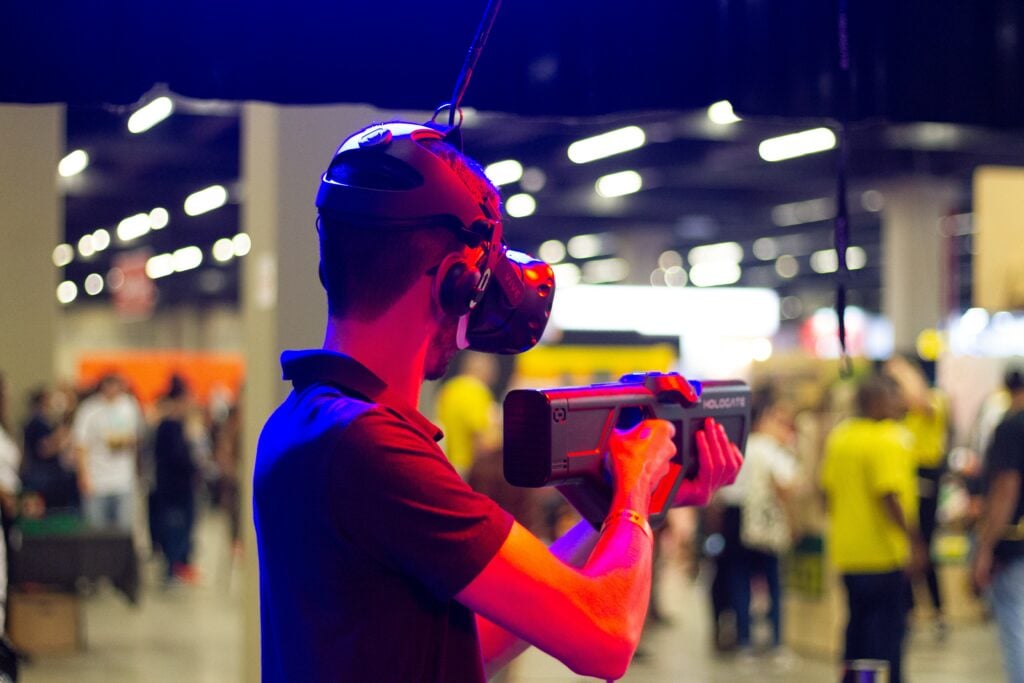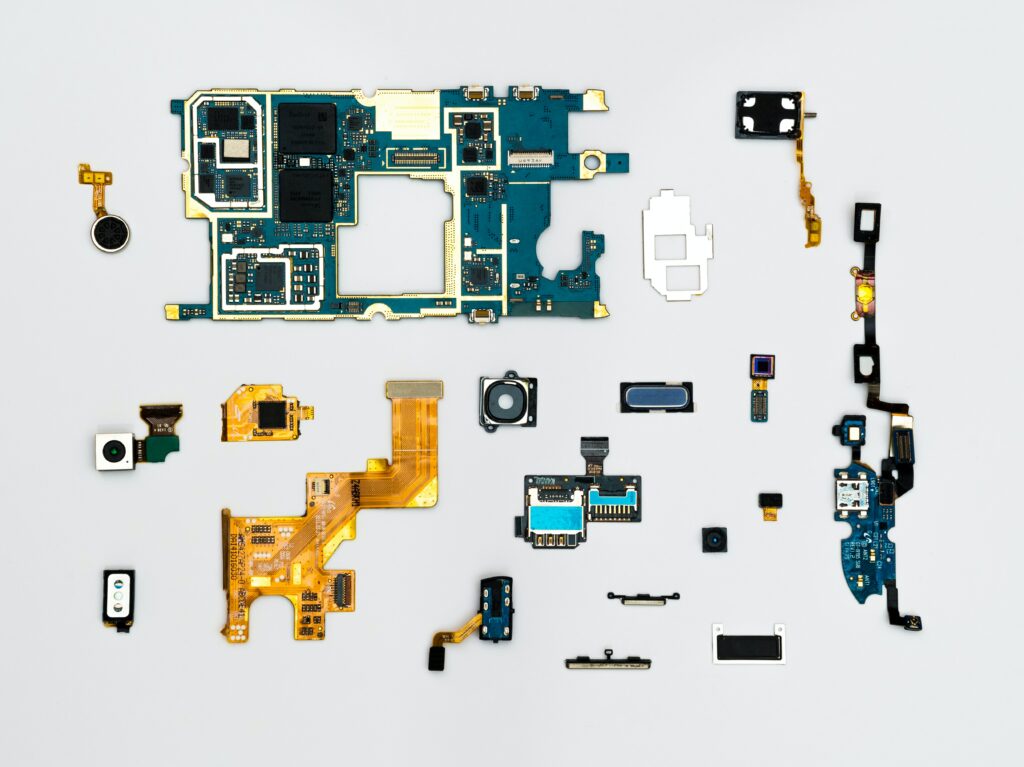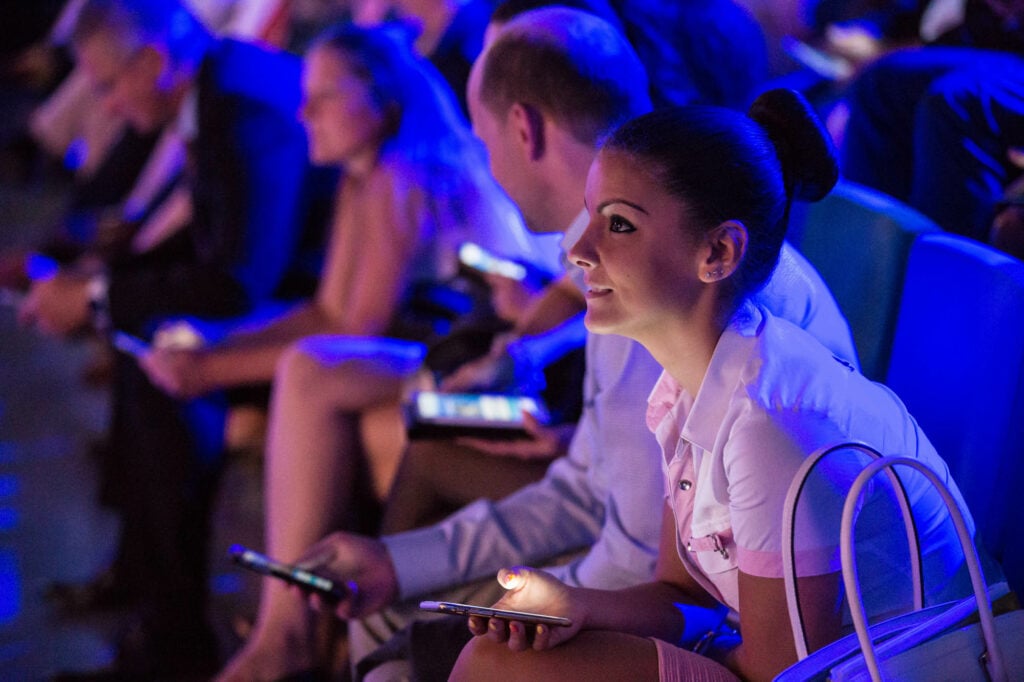Event technology is one of the most innovative industries. These trends in event technology can help you provide the best experience.
As we move into 2023 and beyond, the event technology sector continues to evolve and innovate. Understanding these trends is an important component of standing out and taking full advantage of the opportunity each event presents.
Trends in Event Technology: Gamification

Gamification refers to the use of game-like elements and mechanics, such as points, badges, and leaderboards, to engage and motivate people to complete tasks or achieve goals. In the context of events, gamification makes events more interactive and engaging for attendees by turning certain aspects of the event into a game or competition.
There are many ways to incorporate gamification into an event, including:
- Challenges and competitions: Attendees can participate in challenges or competitions related to the event theme or content, such as quizzes or trivia games.
- Interactive experiences: Attendees can participate in interactive experiences, such as scavenger hunts or escape rooms, that are related to the event theme or content.
- Social media challenges: Attendees can participate in social media challenges, such as posting photos or videos related to the event or using a specific hashtag, to earn points or rewards.
Gamification has been gaining popularity in recent years, and we expect to see even more widespread adoption in the coming years. This is because gamification can be an effective way to increase attendance and engagement at events, as well as improve the overall experience for attendees. Gamification can be a fun and effective way to engage attendees and make the event more memorable. However, gamification should enhance the event, rather than distract from it.
Trends in Event Technology: VR and AR

VR technology allows users to experience immersive, computer-generated environments as if they were physically present in them. This can create unique, interactive event experiences that allow attendees to engage with the content in a more interactive and engaging way. For example, VR can create virtual tours of event spaces, demonstrations of products or services, or interactive presentations.
AR technology, on the other hand, allows users to see digital content overlaid on top of the real world. This can enhance event experiences by providing additional information or interactive elements to the physical environment. For example, AR can display information about speakers or exhibitors on screens or tablets, or to create interactive games or challenges for attendees to participate in.
Both VR and AR can improve the overall experience of attending an event, and can make events more engaging and interactive for attendees. They can also create unique and memorable experiences that attendees will remember long after the event has ended. However, it’s important to note that these technologies can be complex and require specialized equipment and expertise to implement effectively, so event planners will need to consider these factors when deciding whether to incorporate VR or AR into their events.
Trends in Event Technology: AI and IoT

AI can improve the efficiency and effectiveness of event planning and management by automating tasks and providing insights and recommendations based on data analysis. For example, AI can analyze attendee data to identify patterns and trends, or to recommend customized experiences or content for individual attendees based on their interests and preferences.
IoT (internet of things) refers to the network of physical devices, vehicles, and other objects that are embedded with sensors, software, and connectivity, enabling them to collect and exchange data. In the context of events, IoT technology can track and monitor attendee movement and behavior, or collect data about the physical environment of the event. This data can improve the overall event experience, for example by identifying bottlenecks or areas of high traffic, or by providing personalized recommendations or content to attendees based on their location or activity.
Like VR and AR, AI and IoT technologies can be complex and require specialized expertise to implement effectively. Event planners will need to consider the costs, benefits, and practicality of incorporating these technologies into their events. Regardless of whether you implement them, these are technologies to keep an eye on.
Trends in Event Technology: Live Captions
Live captions are a type of live translation technology that involves transcribing spoken language into written text in real-time, typically using automatic speech recognition (ASR) software or human transcribers. They are useful for events that have attendees who are deaf or hard of hearing. Captions enable these individuals to better participate in the event and understand the presented content.
Live captions appear on screens or monitors throughout the event venue, or are accessed through a mobile app or website. Some event technology platforms also offer the option to add live captions to webinars or virtual events.
There are a few key considerations to keep in mind when using live captions:
- Accuracy: It’s important to ensure that the live captions are as accurate as possible, as any errors or misunderstandings can hinder the ability of attendees to understand the content of the event.
- Speed: Live captions should be displayed as close to real-time as possible, so that attendees can keep up with the speaker.
- Placement: The placement of the live captions should be carefully considered to ensure that they are easily visible and accessible to all attendees who need them.
Overall, live captions can be a very useful tool for making events more inclusive and accessible for attendees who are deaf or hard of hearing. However, it’s important to carefully consider the accuracy and reliability of live captioning, as well as the cost and practicality of implementing it.
Looking to the Future

Overall, it’s an exciting time for the event technology sector. New technologies are leading the way for trends in event technology. As we move into the future, expect more innovation and creativity in event planning. Whether it’s through the use of gamification, VR and AR, AI, or the IoT, there are many exciting possibilities on the horizon for the event industry.
Duelbox is actively working to provide the very best gamification options for live events that integrate seamlessly into the experience. Duelbox has many interactive games that can be incorporated into your event to make them more fun, engaging and memorable.
Sign up for a free trial today to try out Duelbox for yourself.




